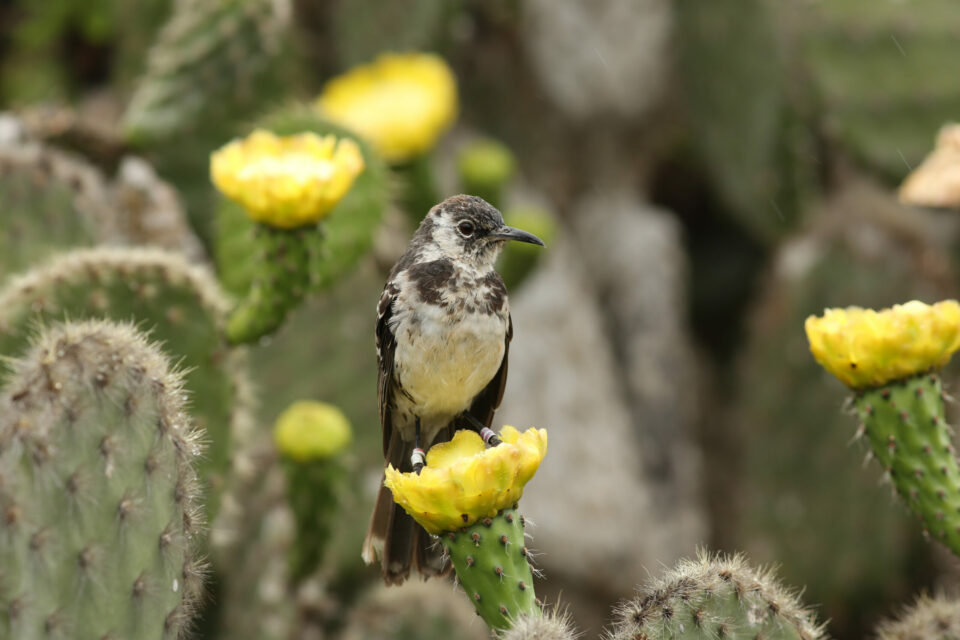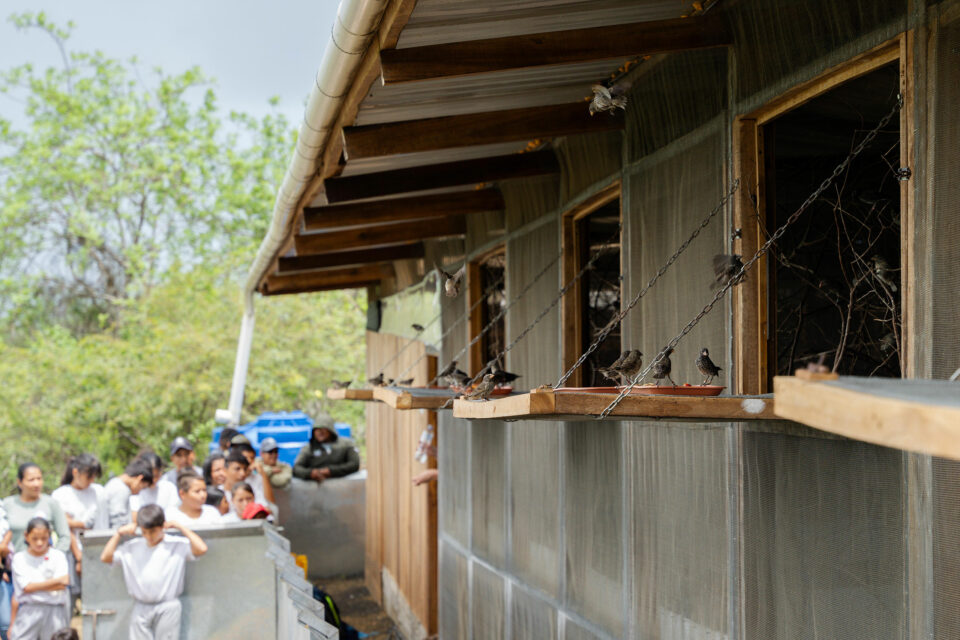

The Darwin’s Finch Family Tree Continues To Evolve
A study published the day before Charles Darwin's 206th Birthday has reinforced his theory regarding adaptive radiation of the finches on Galapagos.
A study published a day before Charles Darwin’s 206th Birthday has reinforced his theory regarding adaptive radiation of the finches on Galapagos. The findings show that a change in a single gene led to the variations in beak shapes and sizes across the various species of finches. As different food sources were more abundant on certain islands so individuals with more specialised beaks were able to thrive in the conditions and pass on their genes to future generations. As time progressed these ecological niches resulted in the adaptive radiation of many species deriving from a common ancestor and each possessing characteristics best suited to their environment.
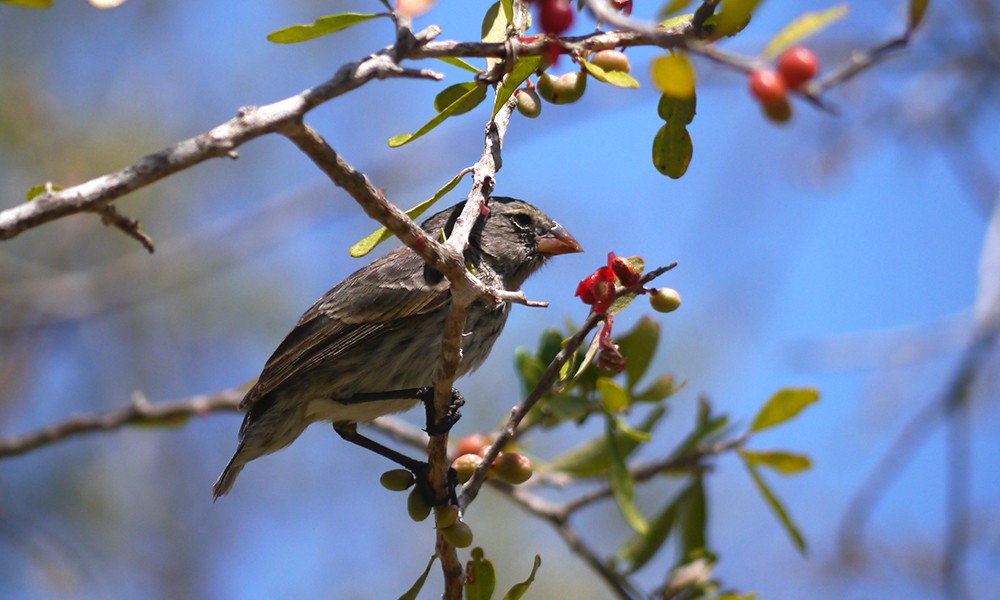
Commonly referred to as Darwin’s Finches, 14 species have evolved on the archipelago from a common predecessor which arrived between one and a half and two million years ago. Original classification techniques looked at physical variations in the beak shape and size. With some species possessing large, thick beaks while others had thinner pointier ones. In fact the stark differences between the species led Darwin to missing the fact that they were indeed all finches. Now genome sequencing has been carried out on 17 closely related finch species, 14 from Galapagos, 1 from Cocos and 2 found in mainland South America and the Caribbean. The findings answer some questions but also pose many more for further study.
Rosemary and Peter Grant have been studying the finches since 1973 and teamed up with Leif Andersson from Uppsala University, Sweden amongst others in this multinational research team. 120 individual birds, covering all the species, were sampled and genetically analysed. A single gene, ALX1, was found to play a critical part in the growth and formation of beaks. The same gene is found in all vertebrates and in humans defect in the gene can lead to facial deformities including cleft palate. The gene came in two distinct variants one of which was expressed in sharper pointier beaks similar to their ancestral origins while the other resulted in blunt and stout beaks, an innovation which proved to be better suited to certain environmental niches in Galapagos. However it is not simple enough to say that one gene is solely responsible for beak shape, but it is suggests that ALX1 is the most important of a number of genes.
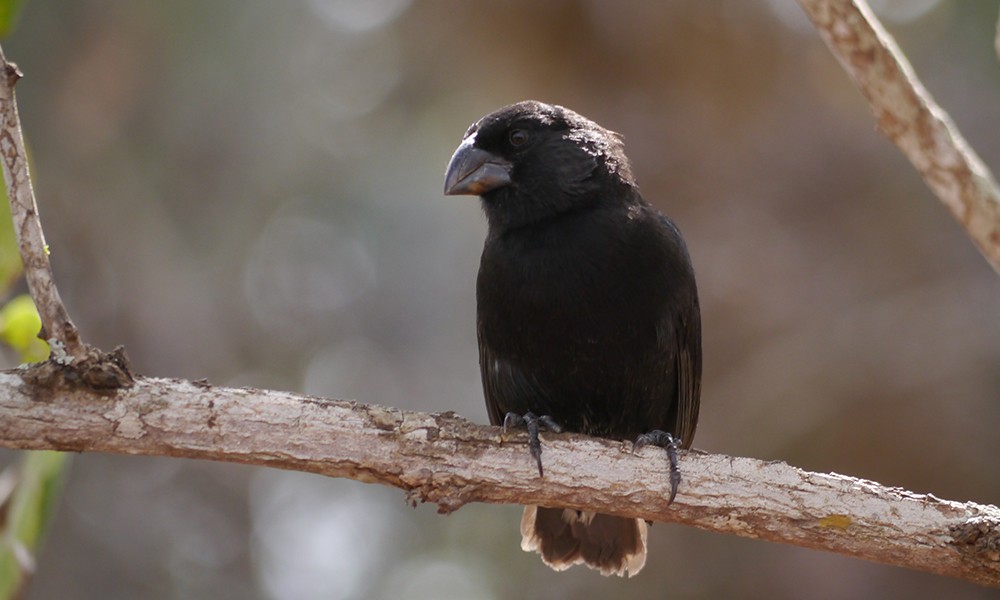
The results are broadly in agreement with the lineage tree drawn up by Darwin, although hybridisation and interbreeding has also been found to occur, making the distinction of one species from another quite a blurred one. They also support field observations from the Grants during the 1970’s when severe droughts led to changes in beak shapes and sizes in the Daphne Major population of Medium Ground Finches. Within a few generations, as the smaller seeds became more scarce; larger harder seeds remained, so the beak shapes of the general population became larger and thicker.
Analysing the findings has some scientists suggest that some of the species might not be so distinct, but rather subspecies or hybrids. Dr Andersson on the other hand argues that the findings instead suggest that three new species should be added to the family tree. What is for certain that over two centuries since Darwin’s birth, his journey to Galapagos is still the basis of cutting edge research for scientists in the twenty first century.
by James Medland
Related articles

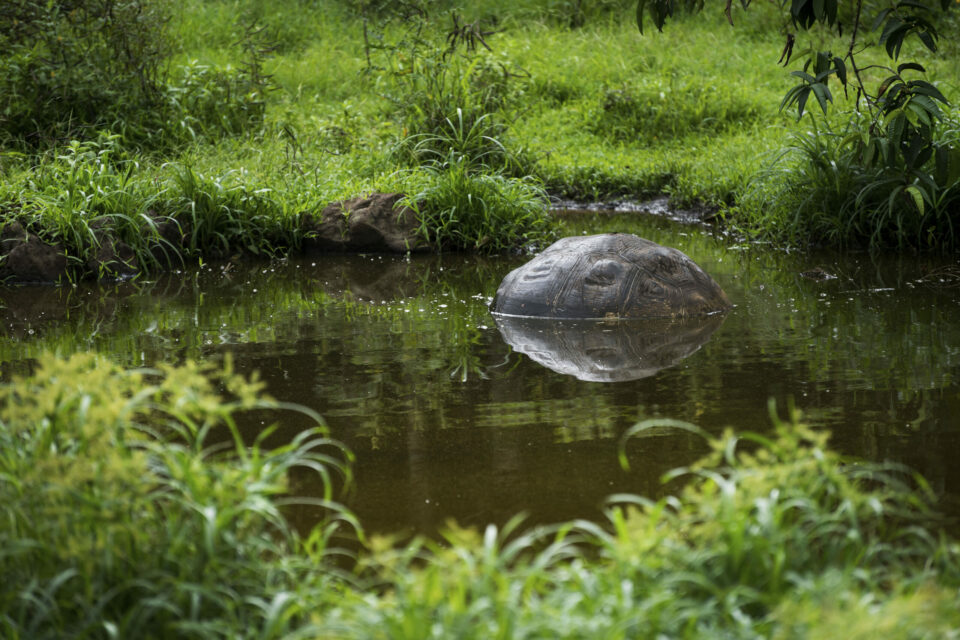
Double your donation to rewild Galapagos with the Big Give
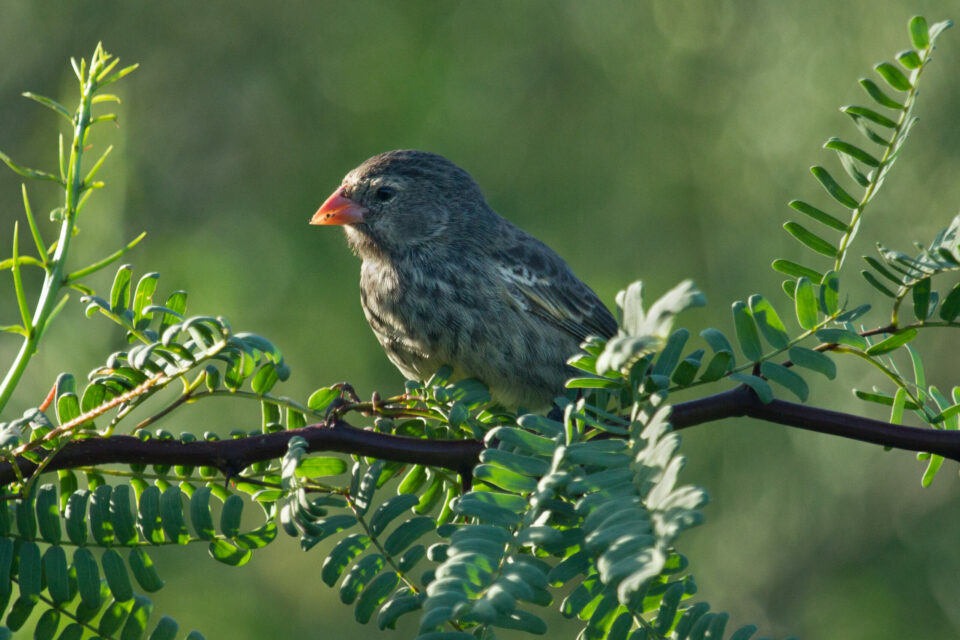
Promising signs on Floreana as five species of finch are released
